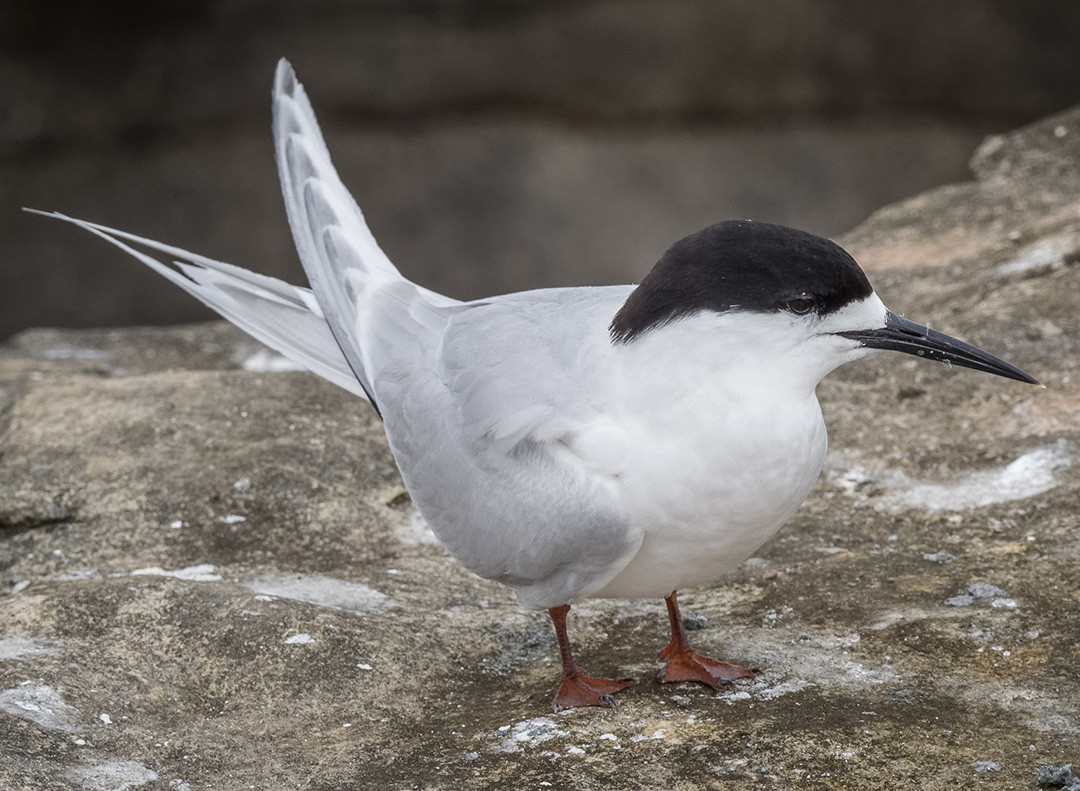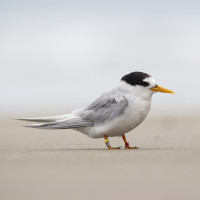Opis
Just before it reaches the sea, the Waipu river has an estuary on its right, several sandbacks and dunes that are home and roosting place for many bird species. So a few minutes outside of Waipu lies this small wildlife refuge for, in particular, the endangered NZ subspecies of the Fairy Tern, which breeds here. This is one of the best places to see them. From the end of two small roads, you can get a look at the estuary or the river and observe the regular waders such as Pied Stilt, Variable Oystercatcher, Bar-tailed Godwit, New Zealand Dotterel, Double-banded Plover and Masked Lapwing. Besides the abundant White-faced Heron, there is also a fair chance to spot Eastern Reef Egret.
Szczegóły
Dostęp
By car you can park at the end of Johnson Point Rd, about 7min from Waipu, to view the estuary, sandbanks, and dunes. Alternatively, though less optimal, from the end of the adjacent Hamon Road you can view the last stretch of the Waipu river. There is no walking track, though you may take a few steps along the estuary shore or even go for a swim there. Click on a p in the map to get directions or coordinates.
Another option, if you are in for a 5 km (one way) walk along the beach, you may approach the river mouth starting from the South at the Waipu Beach or from the North at Uretiti Beach. The view on the sandbanks might be limited though.
.jpg)
.jpg)



 Dotterel - Charadrius obscurus.jpg)